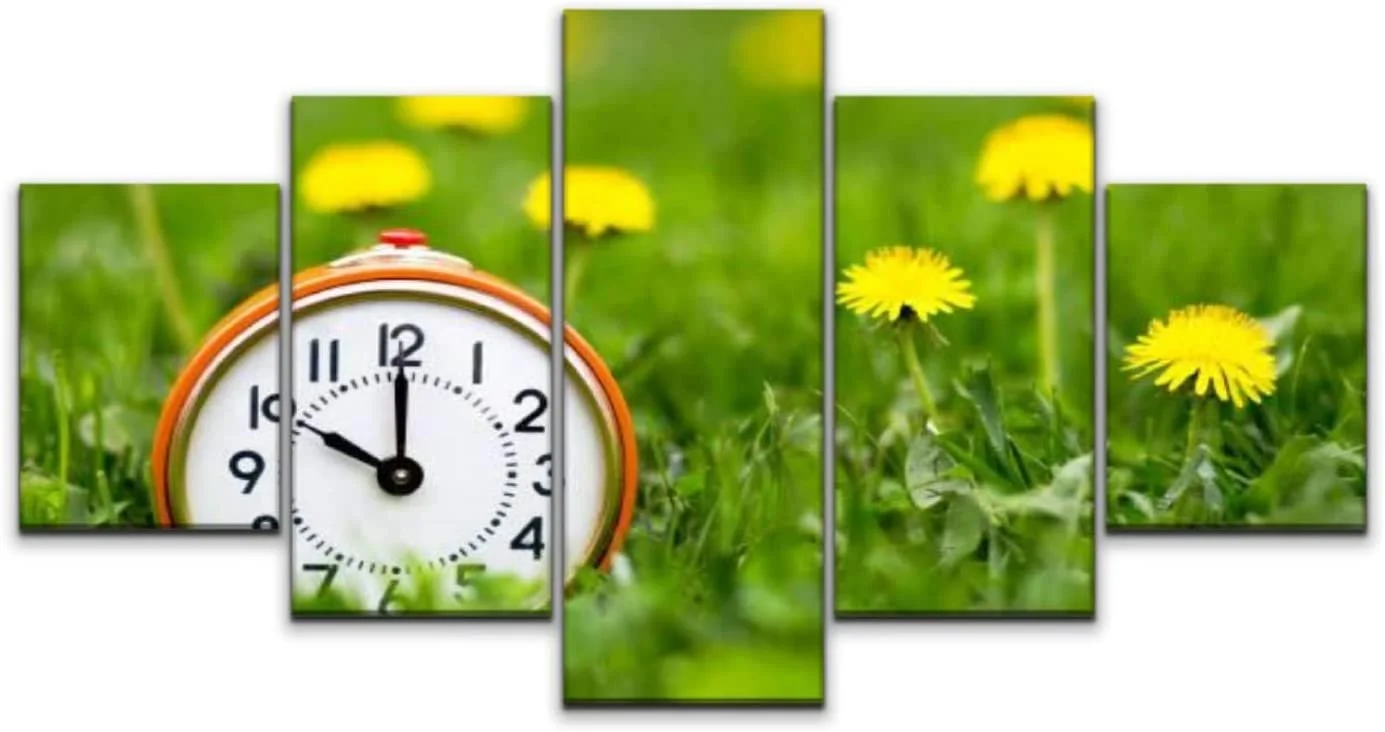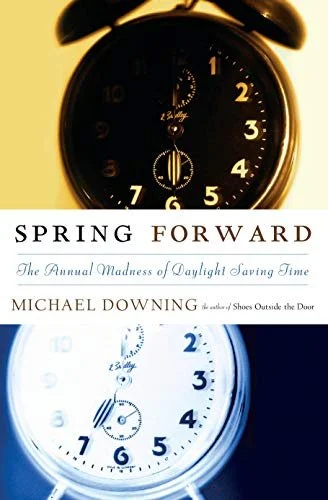Now that we're on the verge of moving out of Standard Time -- or "God's time," as some would have it -- the fingers of blame for the senseless exercise called Daylight Saving will soon be wagging again. And, as they have done for more than a century, many of those digits will point "out there" toward the countryside and rural areas where the backward and ignorant farmers who came up with the idea reside.
This, of course, is contrary to what I know about Daylight Saving. All the farmers I've met or have heard from on the matter have been pretty much opposed to a scheme that pushes morning chores an hour deeper into darkness in order to afford bankers, doctors and Congressmen an extra hour of golf in the evening.
City folk, according to Michael Downing in his history of Daylight Saving Time titled Spring Forward, frequently blame farmers for wanting "more daylight for their chores." But when Daylight Saving was first proposed early in the 20th century farmers were the loudest voices against the idea. "From the first, farmers opposed Daylight Saving, which was an urban idea of a good idea, hatched in London and cultivated in the cities of Europe and the northern United States," he explains.
After Daylight Saving was first enacted in the U.S. in 1917 (by the same Congress that committed a reluctant nation to World War I and Prohibition) it was farm organizations that lobbied for and achieved its repeal in 1919, overriding a veto by President Woodrow Wilson.
"Farmers dominated the debate," Downing points out, "permanently wedding themselves to DS in the public's imagination." Most folks couldn't remember, or figure out, if farmers were for or against Daylight Saving, but they were impressed with how much it concerned the rural community. So, whichever way the issue went, farmers were assumed to the winners.
After its repeal, Daylight Saving was still observed in a few states (Massachusetts, Rhode Island) and some cities (New York, Philadelphia, Chicago, and others), but there was no national effort to control the clock until President Franklin Roosevelt instituted year-round "War Time" as a conservation effort from February of 1942 to September, 1945.
Whether Daylight Saving was an effective means of conserving fuel during the war years, or at any time, has never been proven. Proponents claim that longer evenings conserve energy that would be used for heating and lighting homes an extra hour, while opponents note that schools, dairies, factories and early risers eat up any savings in the extra hour of morning darkness. And all the while, energy consumption in general has grown and grown and grown.
The conservation argument persuaded President Richard Nixon to sign the Emergency Daylight Saving Time Energy Conservation Act of 1973, setting clocks ahead an hour for 15 straight months in 1974-75. By the time the clocks were turned back, Nixon was no longer president and no one could remember any energy "emergency."
Similarly, the Daylight Saving Time most of America has observed since 1966 -- the last Sunday of April to the last Sunday of October -- is being extended by two weeks on both ends under the Energy Policy Act of 2005 signed by President George Bush in order to "conserve energy."
In times of national crisis, when soldiers are dying and children are endangered and levees need shoring up, America's leaders have repeatedly moved the clock forward, as if advancing the hour would help see us through troubled times more quickly.
There's really no changing time, of course, unless we greatly accelerate our speed.
The amount of daylight stays pretty much the same from year to year, no matter how we set our clocks. Claiming to save daylight by taking an hour from one end of the day and putting it on the other is like cheating at solitaire and telling yourself you won.
Messing with our clocks distracts us from the more pressing issues at hand, which is why politicians repeatedly return to the Daylight Saving solution and so many folks fall back to blaming 2 million American farmers for making it easier for 60 million American golfers to squeeze in an extra hour on the links before sunset.

